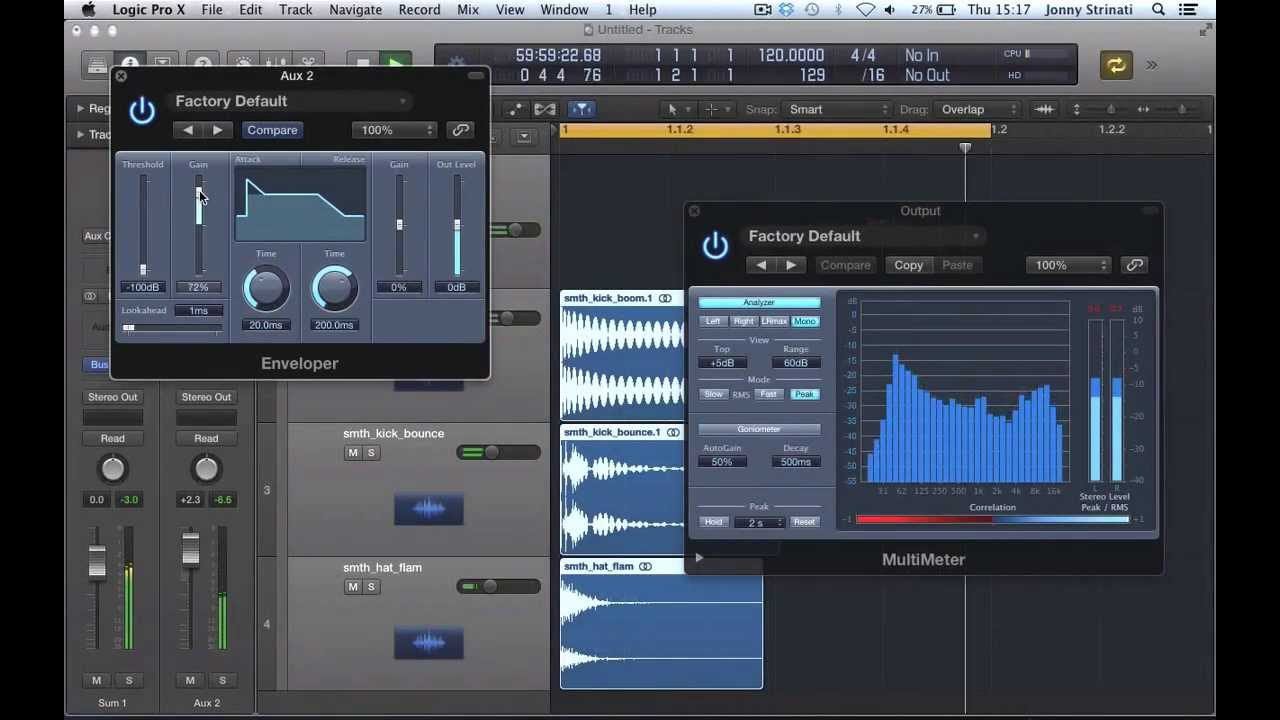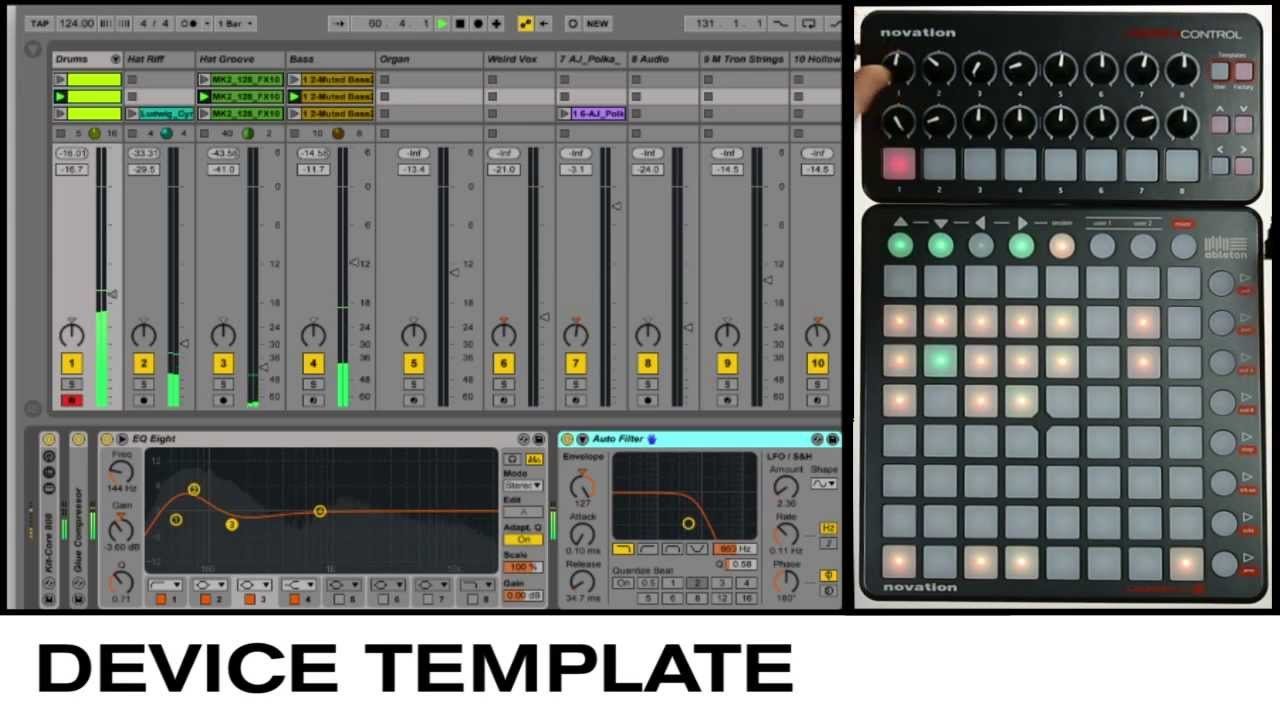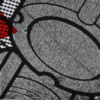DRUM & BASS
It should probably go without saying, but getting the drum and bass to work together in D&B is crucial. Each needs to punch in its own frequency space without robbing energy from the other.
One of the most common techniques is to allow the bassline to take the lower role in the frequency spectrum, delivering the sub bass while the kick drum sits higher, peaking at between 80-110Hz.
This ‘fat bass, skinny kick’ scenario dictates the choice of sounds as sub-heavy bass and bass-light kick (you’ll notice that many D&B kicks are surprisingly scanty in the low-end, making more of the lower-mids to provide a solid counterpoint ‘whack’ to the bass ‘whooomph’.)
To further separate the kick and bass, use a notch EQ to remove the low mid-range where the kick is peaking in the bassline. Adding sidechain compression to the bass (routed to the kick ñ and sometimes snare) accentuates the separation further still.
KEY DECISIONS
In a genre that relies so heavily on the bassline, the key of the track is unusually important – dicatating where the sub bass frequencies peak. Choose a key that’s too low and the bassline won’t reproduce well on smaller systems; go too high and it will interfere with the kick. Making a track in a scale between F-A will make it easier to get a mix that works well on a variety of systems.
SUB PLUS
Just using a sub tone as a bass on its own (usually a sine or similarly simple raw waveform) can sound too thin in a modern D&B track. Try layering it with one or more additional synth parts set an octave or more above to thicken it up and flesh out the mids and lower-mids. If these sounds have their own sub frequencies it’s often best to filter them out so they don’t interfere with the main sub.
A CLEARER PICTURE
How do you do detailed work on the kick and bass when there’s a lot going on in the higher frequencies of a mix? One useful strategy is to strap a low-pass (high-cut) filter across the master bus. Lowering the cutoff frequency to 120-200Hz will help you focus on the bass frequencies alone. (This is a strategy that can be used in the opposite way too: if you’ve nailed the bass and want to concentrate on separating the synth and music parts then just low-cut the kick and bass). Remember to check all major mixing decisions with the filter bypassed as well.
TONED DRUMS
If you find that your drums don’t sit together well, try altering their tuning. Drum sounds – even hats and rides – have their own discernible pitch, and tuning them to the same pitch will give you better sounding results.
LESS IS MORE
Don’t swamp a track (or your workflow) with stacks of soft synths and piles of plug-ins. Pick one of each of the fundamental tools (subtractive synth, sampler, EQ, compressor, filter and so on) and take the time to digest their manuals and get to grips with all of their features and nuances. Once you know a more limited set of tools inside-out you won’t be caught short when inspiration strikes.
WHO SNARES, WINS
D&B isn’t all about the kick drum and bass: the snare plays a fundamental role too, offering the rhythmic counterpoint to the driving kick. Choosing the right snare sound (complementary to the kick AND the bass) is fundamental, as is getting it to be the right volume. A common mistake is to set the the snare too loud, which can have the effect of dragging the rhythm. Try stacking up snares to create one that doesn’t peak so much in one area, but fills out the frequency spectrum more effectively.
Source: SampleMagic










